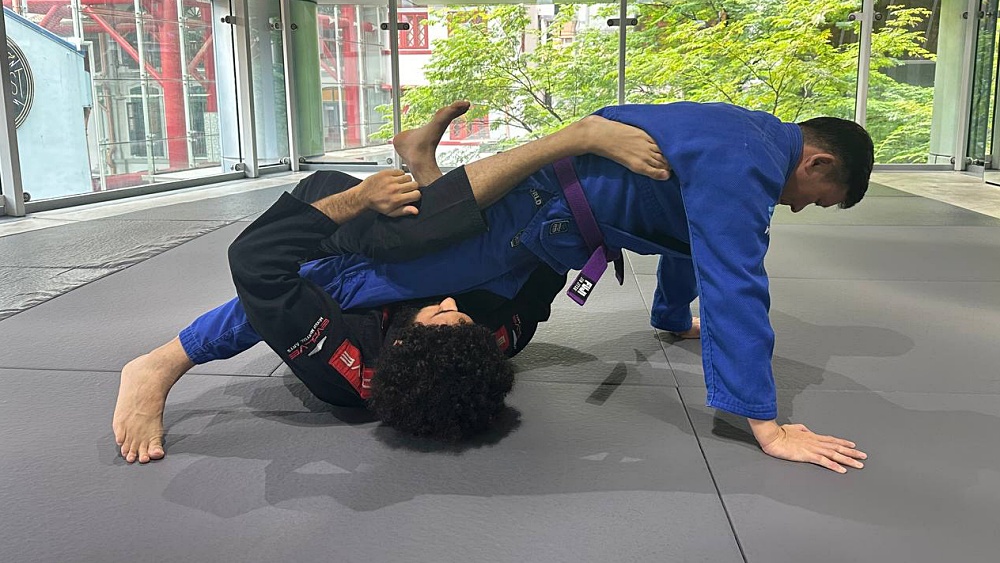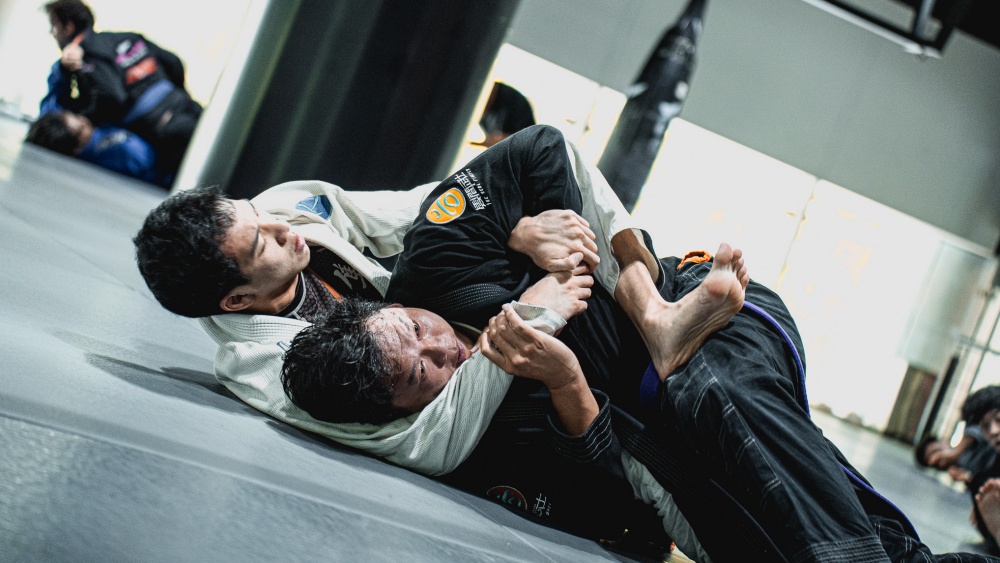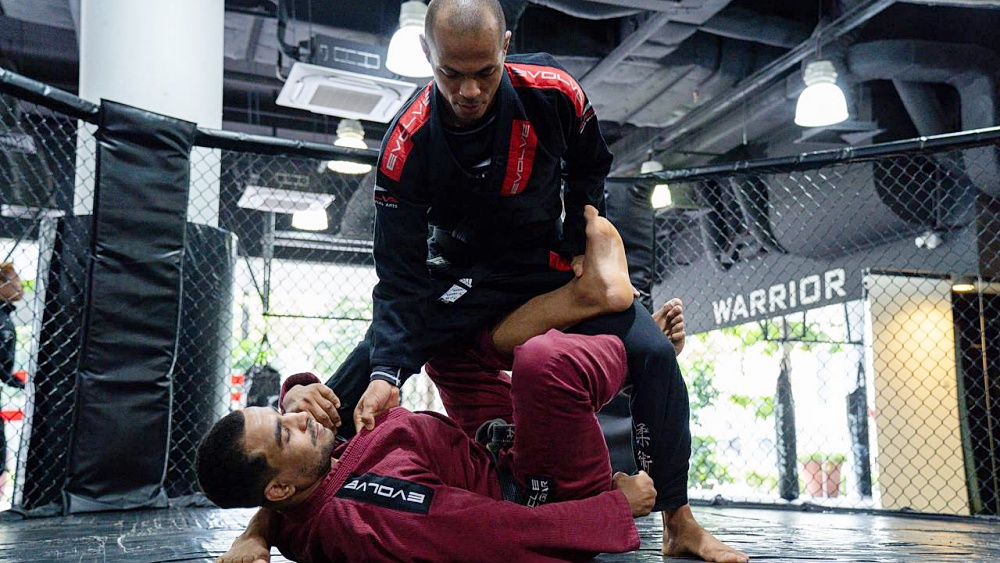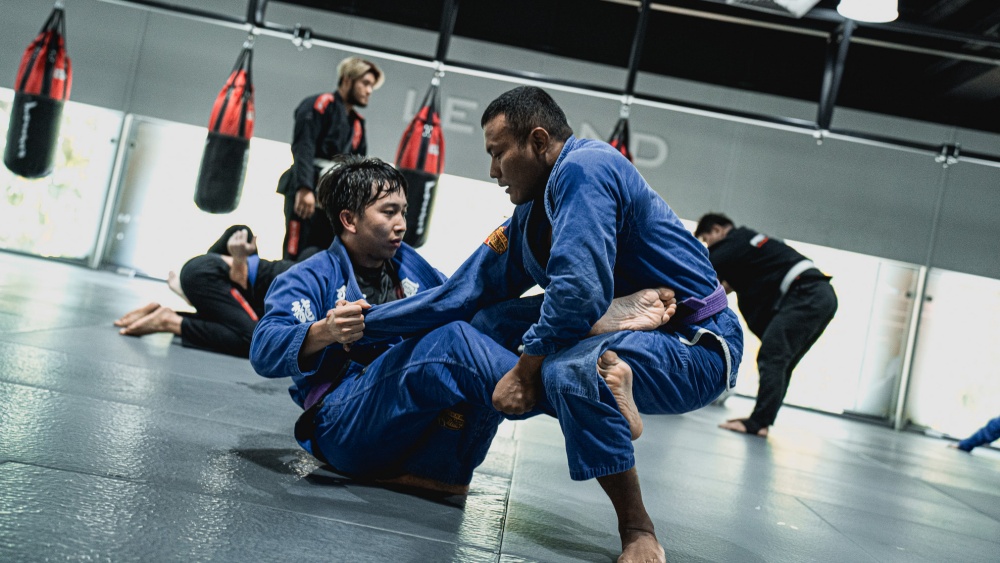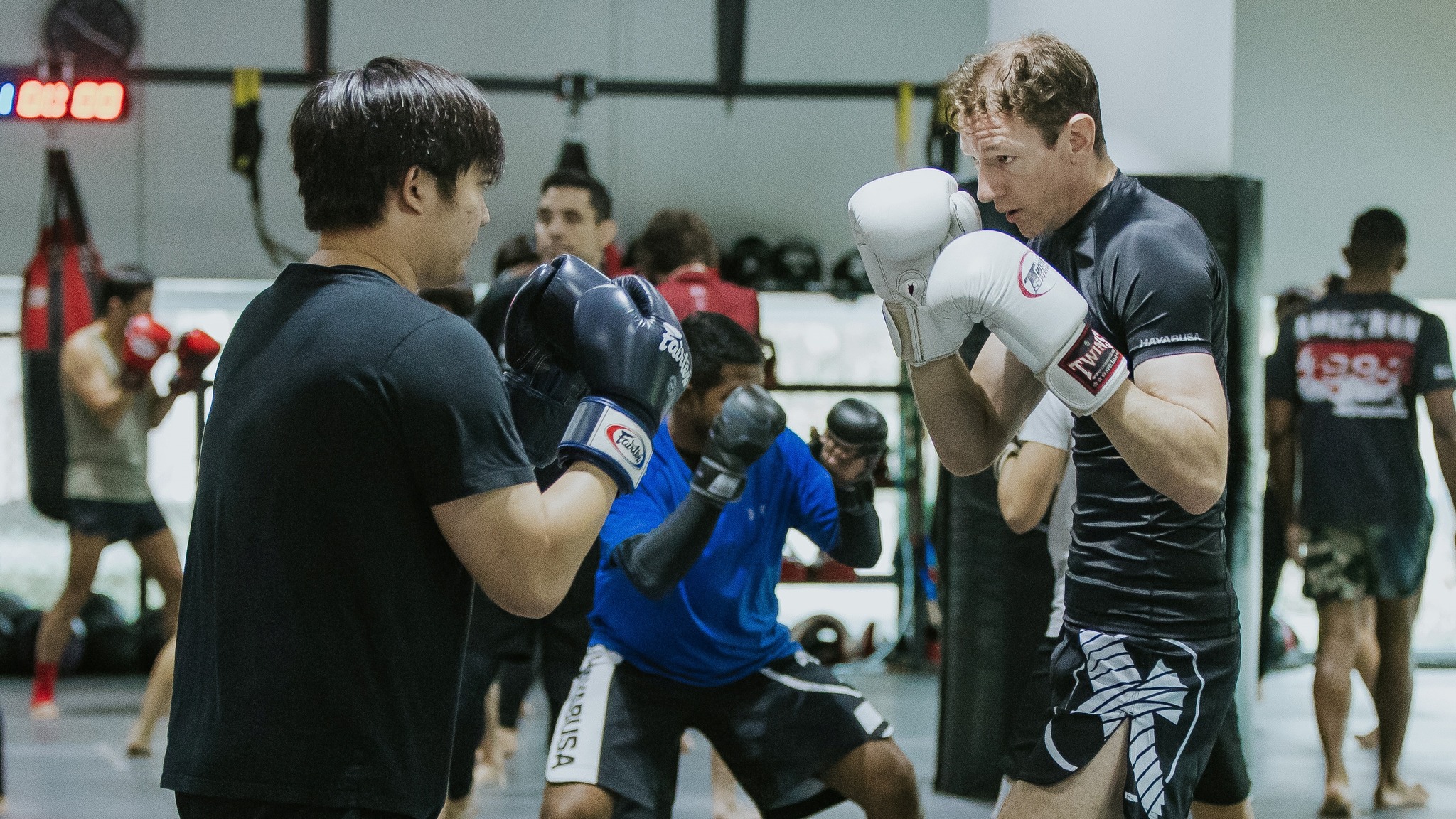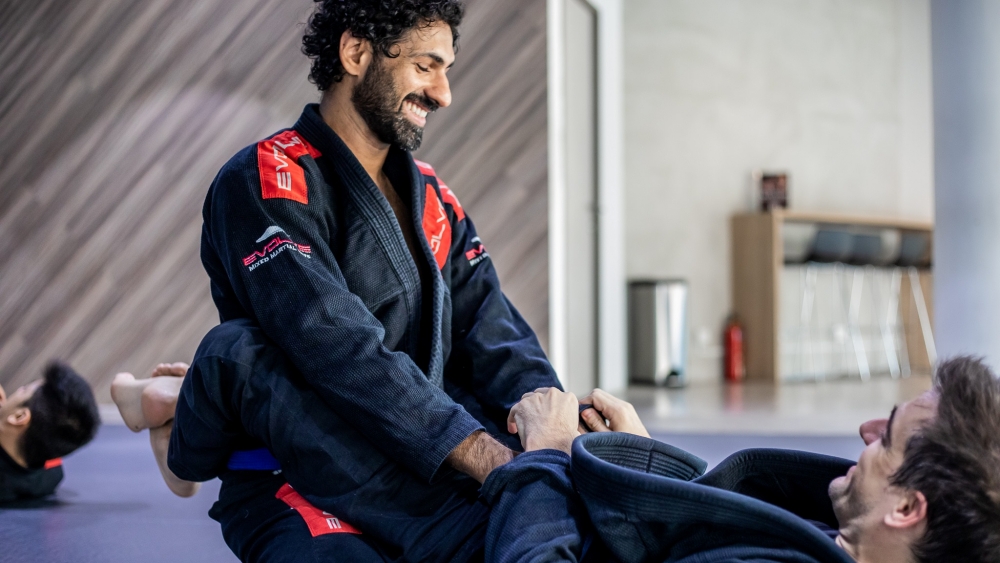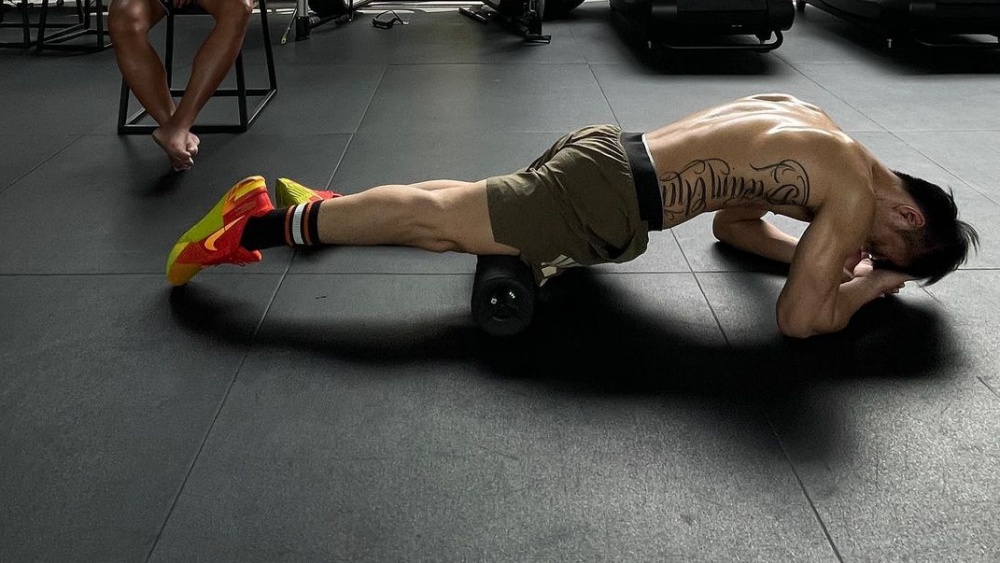In BJJ, escaping from inferior positions is just as crucial as executing submissions and passing guards. The backdoor escape is one of the most effective techniques for reversing bad situations and regaining control. This versatile escape can be applied from various positions, thereby making it an invaluable technique. By mastering the backdoor escape, you can turn the tables on your opponent and shift from defense to offense in a matter of seconds. In this article, we will explore the nuances of the backdoor escape and discuss how it can elevate your defensive game.
Understanding The Backdoor Escape
The backdoor escape is a method of slipping out of a dangerous position by using angles, leverage, and timing to escape through a small opening, often created by your opponent’s movement or pressure. The goal is to slip out from your opponent’s control, typically through the space behind their back or under their arm, hence the term “backdoor.” This escape requires a solid understanding of body movement and timing to pull off effectively.
Backdoor Escape From The Mount
The mount is one of the most dominant positions in BJJ, giving your opponent powerful control and numerous submission opportunities. Escaping the mount is challenging, but the backdoor escape provides a reliable method for reversing the position.
When your opponent mounts you, they often try to stabilize their position by sitting low on your hips or high near your chest. The key to the backdoor escape from the mount is to create enough space to slip out the back. Start by framing against your opponent’s hips with your arms and using your feet to bridge your hips up explosively. This bridge disrupts your opponent’s balance and shifts their weight forward.
As your opponent’s weight moves forward, quickly turn onto one of your sides and tuck your elbow into their hip, creating a frame with your forearm. Simultaneously, begin to shrimp your hips out to create space between your back and the mat. As you do this, look for an opening under your opponent’s arm or behind their back.
Once you’ve created enough space, slide your head and shoulders out from under your opponent’s body, effectively escaping through the “backdoor.” From here, you can continue to roll and establish guard, or if your opponent is off-balance (Kuzushi), you may even transition into a reversal and end up in the top position.
Backdoor Escape From Side Control
Side control is another dominant position that often leaves the person on the bottom struggling to escape. The backdoor escape from side control can be a game-changer, allowing you to slip out from under your opponent and regain guard or take their back.
When trapped in side control, your first priority is to prevent your opponent from solidifying their control. Use your near-side arm to create a frame against your opponent’s neck or shoulder, and your far-side hand to block their hip. This frame helps you maintain some distance and prevents them from fully flattening you out.
Next, you need to create space by shrimping away from your opponent. As you shrimp, look for an opportunity to duck your head under their armpit or behind their back. The goal is to move your hips out far enough that you can turn onto your side and slip your head and shoulders out from under them.
As you start to escape, your opponent may attempt to maintain control by adjusting their weight or repositioning their grips. This is where timing becomes crucial. Use their adjustments to your advantage by continuing to shrimp and roll, creating more space to complete the escape. Once you’ve successfully slid out from under their control, you can either reestablish your guard or, if the opportunity presents itself, take your opponent’s back. The backdoor escape from side control not only allows you to escape a dangerous position but also creates potential opportunities for counter-attacks.
Backdoor Escape From Back Control
Back control is one of the most dangerous positions in BJJ, as it gives your opponent access to powerful submission options like the rear-naked choke. Escaping back control is critical, and the backdoor escape provides a method to slip out from under your opponent’s hooks and turn the tables.
When your opponent has back control, they will usually have their hooks (feet) inside your legs and be working to secure a choke. To initiate the backdoor escape, start by defending the choke. Use both hands to control your opponent’s choking arm, ideally the arm that is over your shoulder. This grip prevents them from securing a choke while you work on your escape.
Once you’ve secured the choking arm, you need to focus on escaping one of your hips from their hooks. Begin by sliding your hips down toward the mat while simultaneously tucking your chin and bringing your head low. This movement creates a small amount of space between your back and your opponent’s chest. As you continue to slide down, turn your body toward the side where your opponent’s underhooking arm is. This turn should be done while still controlling the choking arm. The goal is to slide your head and shoulders out from under their armpit, effectively escaping through the backdoor.
If done correctly, you will slip out and end up facing your opponent, either in their guard or with a chance to scramble for a better position. The backdoor escape from back control is a high-risk, high-reward technique that can completely change the outcome of a match if executed properly.
Conclusion
The backdoor escape is a powerful and versatile technique in BJJ that allows you to turn the tide of a match, even from the most disadvantageous positions. You can become a more elusive and dangerous grappler by mastering this escape from various positions. Remember, timing and movement are key to executing the backdoor escape. With consistent practice and integration into your game, the backdoor escape can become one of your best techniques for escaping bad positions and regaining control on the mats.
You may also like:
